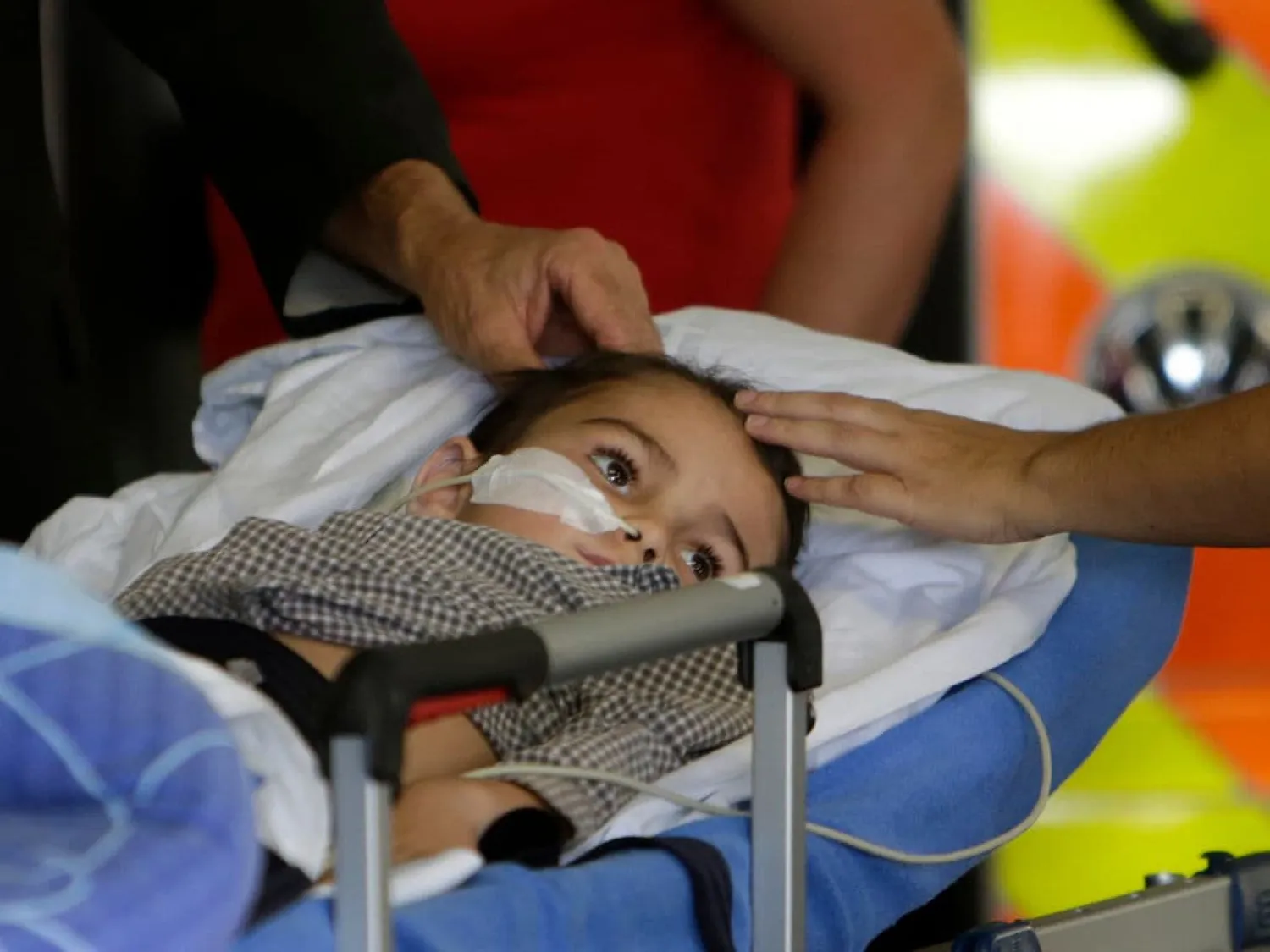Scientists have successfully used artificial intelligence to create a new drug regime for children with a deadly form of brain cancer that has not seen survival rates improve for more than half a century, The Guardian reported.
The breakthrough, revealed in the journal Cancer Discovery, is set to usher in an "exciting" new era where AI can be harnessed to invent and develop new treatments for all types of cancer, experts say.
"The use of AI promises to have a transformative effect on drug discovery," said Prof Kristian Helin, chief executive of The Institute of Cancer Research (ICR), London, where a team of scientists, doctors and data analysts made the discovery.
"In this study, use of AI has identified a drug combination which appears to have promise as a future treatment for some children with incurable brain cancer. It's exciting to think that it could become one of the first examples of a treatment proposed by AI going on to benefit patients," he added.
Computer scientists and cancer specialists at the ICR and the Royal Marsden NHS Foundation Trust used AI to work out that combining the drug everolimus with another called vandetanib could treat diffuse intrinsic pontine glioma (DIPG), a rare and fast-growing type of brain tumor in children.
Currently, DIPG and other similar types of tumors are incredibly difficult to remove surgically from children because they are diffuse, which means they do not have well-defined borders suitable for operations.
But after crunching data on existing drugs, the team found everolimus could enhance vandetanib's capacity to "sneak" through the blood-brain barrier and treat the cancer.
The combination has proved effective in mice and has now been tested in children. Experts now hope to test it on a much larger group of children in major clinical trials.
The research found that combining the two drugs extended survival in mice by 14% compared with those receiving a standard control treatment.









